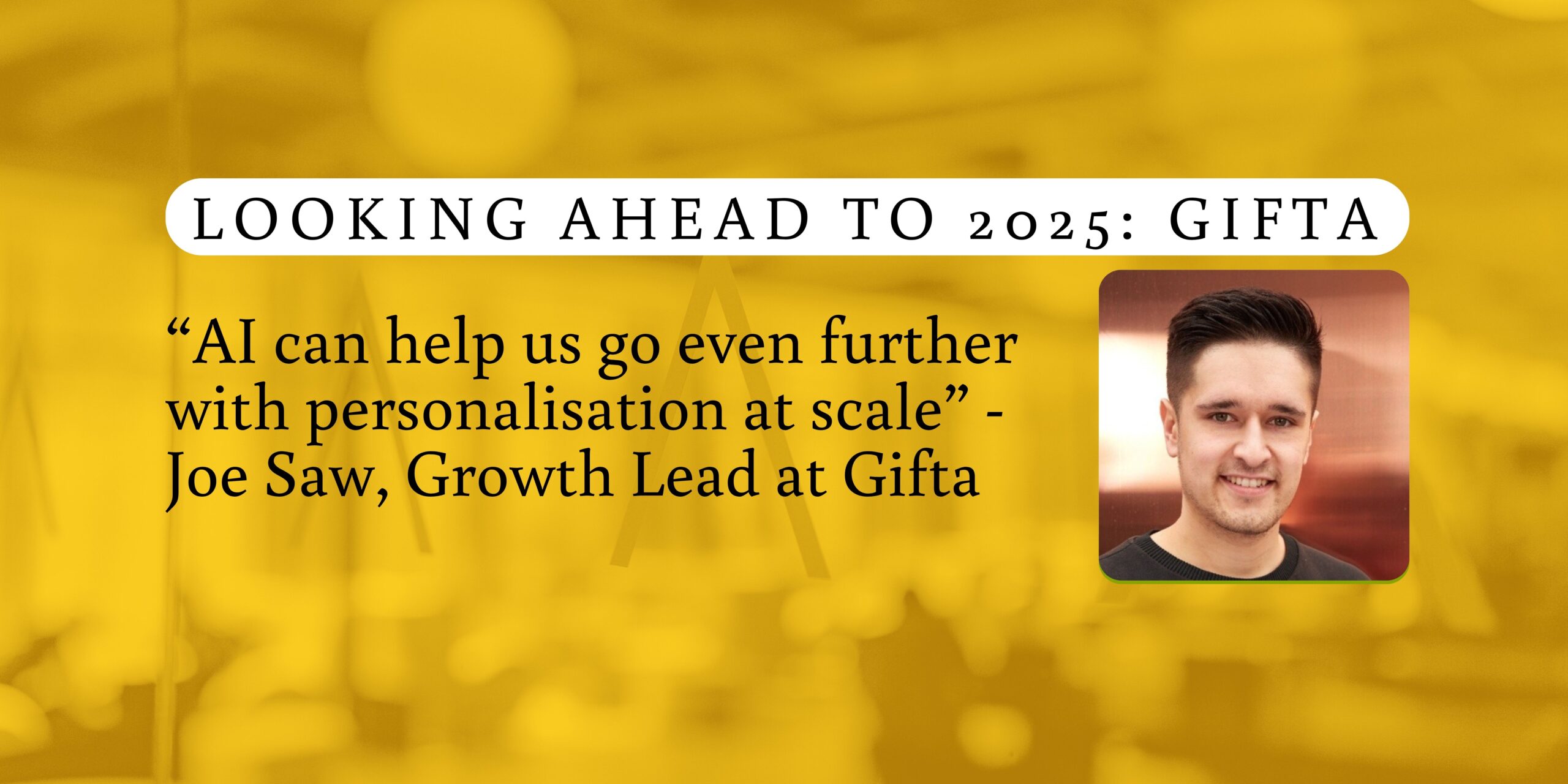Building Client Relationships in the AI Age: Insights from Steph at Adimo

Building Client Relationships in the AI Age: Insights from Steph at Adimo
A Decade of Digital Evolution
With nearly 10 years in digital and tech client services, Steph, an Account Director at Adimo (a shoppable marketing technology platform), has witnessed significant changes in how businesses manage client relationships. “Looking back feels daunting… because I realise I have another 30 to 40 years to go. It’s just the start really, isn’t it?”
The Human Element in Client Service
One of Steph’s most crucial insights challenges common assumptions about client relationships. “It sounds really silly, but probably the absolute biggest learning – and the one that I always give to more junior members of the team – is don’t forget that clients are humans and have normal feelings and emotions in the same way that you do.”
She elaborates, “When you start out in a service-focused career, clients are very much that big, scary, bossy person that you need to keep happy. But you start to realise actually they have the same sort of feelings and emotions as you do.”
The Fundamentals That Never Change
When asked about timeless advice for those entering the field, Steph emphasises authenticity: “It’s the giving of s***, right? I think a client can tell when you care or if you’re just there to get paid.” She highlights the importance of personal connection:
1) Understanding their vibe and what makes them tick
2) Remembering personal details like birthdays, children’s names
3) Being approachable and trustworthy
4) Making them look good to their boss
The Digital Communication Revolution
Post-COVID, the landscape of client communication has transformed dramatically. “We went from doing PowerPoint presentations, stood up with laser pointers around a boardroom table, to potentially joining a call where you’ve got 50 people and you might not be able to see them,” Steph notes. This shift has created new challenges and opportunities:
1) Mastering online communication has become essential
2) Face-to-face meetings are now more special and enable different conversations
3) Digital presentations require new skills and adaptations
The AI-Enabled Future
Looking ahead, Steph envisions AI enhancing rather than replacing human relationships. Her ideal scenario includes:
1) AI handling admin tasks that consume 40-50% of the day
2) Proactive AI assistance generating new ideas and insights
3) AI support for communication enhancement and coaching
4) Tools that help maintain engagement in virtual meetings
Client Expectations in the Digital Era
The evolution of client service is already visible in how technology is becoming integrated into everyday interactions. “It’s changed the way that I work because I know I have a log of everything and I can go back and look at it whenever I want,” Steph explains about modern meeting tools. She believes this trend will continue:
1) Increased accountability through digital record-keeping
2) Greater integration of AI tools in standard processes
3) Higher expectations for response times and service quality
4) More emphasis on data-driven relationship management
“Eventually, you get caught up in it because if you don’t use it, you get left behind,” Steph observes. “It will just become more and more integrated into normal life. You won’t even probably call it AI. It will just be whatever you’re doing.”



